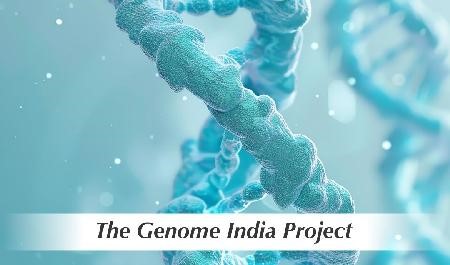Genome India Project Maps Genetic Diversity for Health
Why in the News?
The Genome India Project has completed mapping the genetic diversity of 10,000 individuals across 83 groups. It aims to advance personalized medicine, track disease patterns, and provide insights into India’s population evolution.
Applications in Health and Medicine
- Personalized Medicine: The genome database can help identify genetic predispositions to diseases and develop tailored treatments.
- Disease Predisposition: Information on genetic patterns in population groups, such as diabetes in India, can help in creating population-specific drugs.
- Germline Sequences: These sequences provide insights into inherited genetic traits and can help predict disease susceptibility and effective treatments.
Understanding Population Evolution:
- Population History: The project aids in studying ancestry, migrations, and the evolution of different population groups in India.
- Historical Insight: By analyzing genetic variations, scientists can better understand historical migration patterns and the mixing of ethnic and linguistic groups.
- Global Comparison: The GIP serves as India’s equivalent to the Human Genome Project, focusing on Indian-specific data for better health and historical understanding.
About Genome India Project (GIP):● Objective: GIP aims to map the genetic diversity of India by cataloging entire gene sequences of 10,000 individuals from 83 population groups. ● Significance: The data will help in personalized medicine, disease prevention, and understanding population evolution. ● Collaboration: Over 100 scientists from 20 Indian academic and research institutions are involved. |





